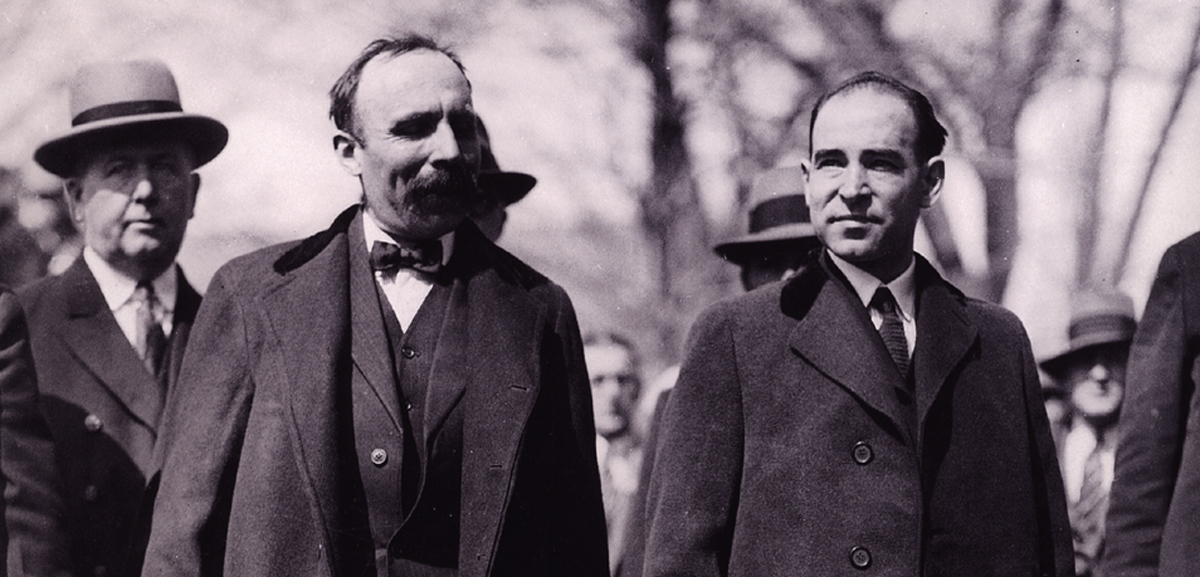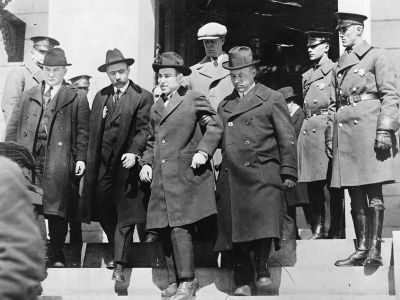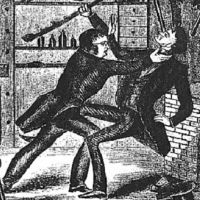Primary Source
Bartolomeo Vanzetti wrote the following letter to Nicola Sacco's son, Dante, just two days before Sacco and Vanzetti were executed.
August 21, 1927.
From the Death House of Massachuessts [sic] State Prison
MY DEAR DANTE:
. . . I tell you now that all that I know of your father, he is not a criminal, but one of the bravest men I ever knew. Some day you will understand what I am about to tell you. That your father has sacrificed everything dear and sacred to the human heart and soul for his fate in liberty and justice for all. That day you will be proud of your father, and if you come brave enough, you will take his place in the struggle between tyranny and liberty and you will vindicate [our] names and our blood.
If we have to die now, you shall know, when you will be able to understand this tragedy in its fullest, how good and brave your father has been with you . . . during these eight years of struggle, sorrow, passion, anguish and agony. . .
. . . Remember Dante, each one who will say otherwise of your father and I, is a liar, insulting innocent dead men who have been brave in their life.
. . . Remember, Dante, remember always these things; we are not criminals; they convicted us on a frame-up; they denied us a new trial; and if we will be executed after seven years, four months and seventeen days of unspeakable tortures and wrong, it is for what I have already told you; because we were for the poor and against the exploitation and oppression of the man by the man.
The day will come when you will understand the atrocious cause of the above written words, in all its fullness. Then you will honor us.
Now Dante, be brave and good always. I embrace you.
BARTOLOMEO
Quoted from Famous Trials: Sacco-Vanzetti Trial (1921)






